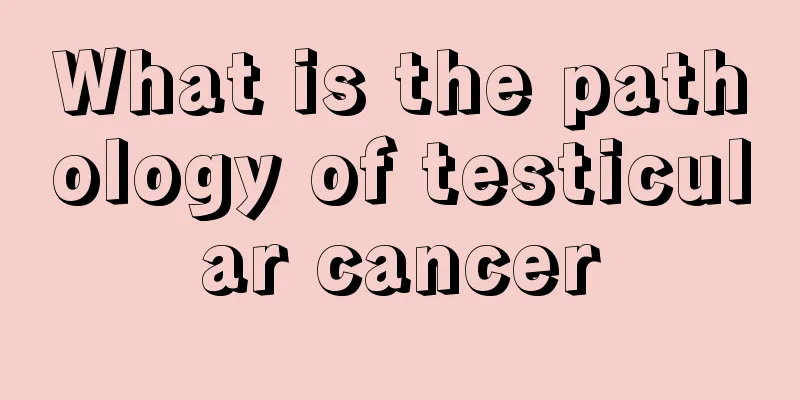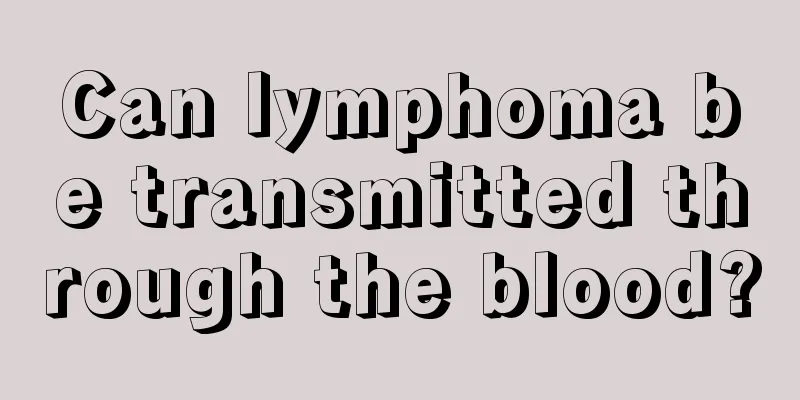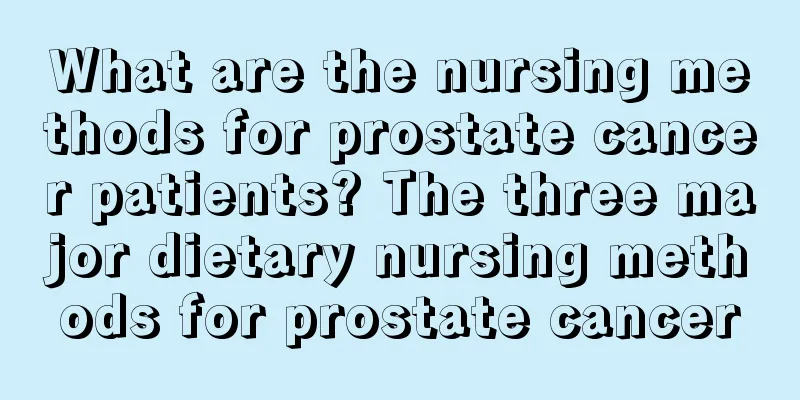What is the pathology of testicular cancer

|
In this era when everyone is afraid of cancer, health is more precious than anything else, because health is priceless. Tumors in the testicles are all malignant. If you are unfortunately diagnosed with testicular cancer, it will be a heavy blow to the patient and his family. Later, let me take you to understand the pathology of testicular cancer. Although many data suggest that the occurrence of testicular tumors may be related to testicular trauma, endocrine disorders, genetics and infection, there is a lack of sufficient evidence. So far, the most convincing relationship is the relationship between incomplete testicular descent (cryptorchidism) and the occurrence of testicular tumors. A large amount of data confirms that the malignant transformation rate of cryptorchidism, especially abdominal cryptorchidism, is much higher than that of normal descended testicles. It is 3 to 14 times the incidence rate of normal people. It is currently believed that factors such as abnormal testicular germ cells, elevated temperature, blood supply disorders, endocrine disorders, and gonadal dysgenesis may be related to the malignant transformation of cryptorchidism. The relationship between cryptorchidism and testicular tumors has attracted the attention of scholars from all over the world, who emphasize that testicular fixation before the age of 6 is an effective measure to prevent cryptorchidism from becoming malignant, and has achieved significant results. The incidence of cryptorchidism in China is similar to that in other countries, but the proportion of cryptorchid tumors is significantly higher than that in other countries, which may be related to the fact that testicular traction fixation has not yet been widely performed on cryptorchid children before school age in China. Testicular tumors are divided into germ cell tumors, non-germ cell tumors and testicular secondary tumors. Germ cell tumors are the most common, accounting for 90% to 95%. Germ cell tumors are divided into seminoma (35%), non-seminoma (embryocarcinoma; teratoma; choriocarcinoma, etc.) and mixed germ cell tumors. Non-germ cell tumors are divided into Leydig cell tumors, Sertoli cell tumors, gonadal stromal tumors, and mixed tumors. Testicular cancer is currently the malignant solid tumor with the highest clinical cure rate. Even for patients with testicular cancer that has metastasized, there is a high chance of clinical cure through surgery and combined radiotherapy and chemotherapy. Therefore, it is important to emphasize that the goal of testicular cancer treatment is to achieve cure, not to alleviate or prolong survival time. |
<<: Which foods can help treat testicular cancer
>>: What are the pathological causes of testicular cancer
Recommend
What should I do if my trachea itches?
The health of the respiratory tract needs to be t...
Wearing a mask can prevent the spread of colds
Wearing a mask can prevent the spread of colds. M...
Introduction to the fastest way to treat mouth ulcers
Mouth ulcer is our common name. In fact, the prof...
What medicine is effective quickly for insufficient blood supply to the brain?
Cerebral arteries play an extremely important rol...
How to diagnose liver cancer in high-risk groups? 4 methods of liver cancer diagnosis are available
Blushing after drinking may be a genetic mutation...
How long can raw corn be kept in the refrigerator
Corn is a relatively common food. As a home-cooke...
If people want to prevent breast cancer, they must understand the causes of the disease
Breast cancer is a common disease among women. It...
What are the folk remedies for treating advanced lung cancer? I recommend several folk remedies for treating advanced lung cancer
Lung cancer is a common cancer. This malignant tu...
Nursing methods after radiotherapy for brain cancer
Since brain cancer rarely metastasizes outside th...
What to do if my ear is scratched and water is flowing
Ears are one of the five senses that we cannot ig...
What can I eat to treat sweating while sleeping?
When we go to bed at night, if the indoor tempera...
Is laser acne removal effective?
Laser surgery can remove acne, but if acne scars ...
Aftereffects of eyelash transplantation
Plastic surgery is very advanced nowadays. Many g...
How to remove oil stains from clothes
Many friends spend a lot of time on socializing, ...
The most important preventive health care for several major lymphomas
The occurrence of lymphoma is extremely harmful t...









